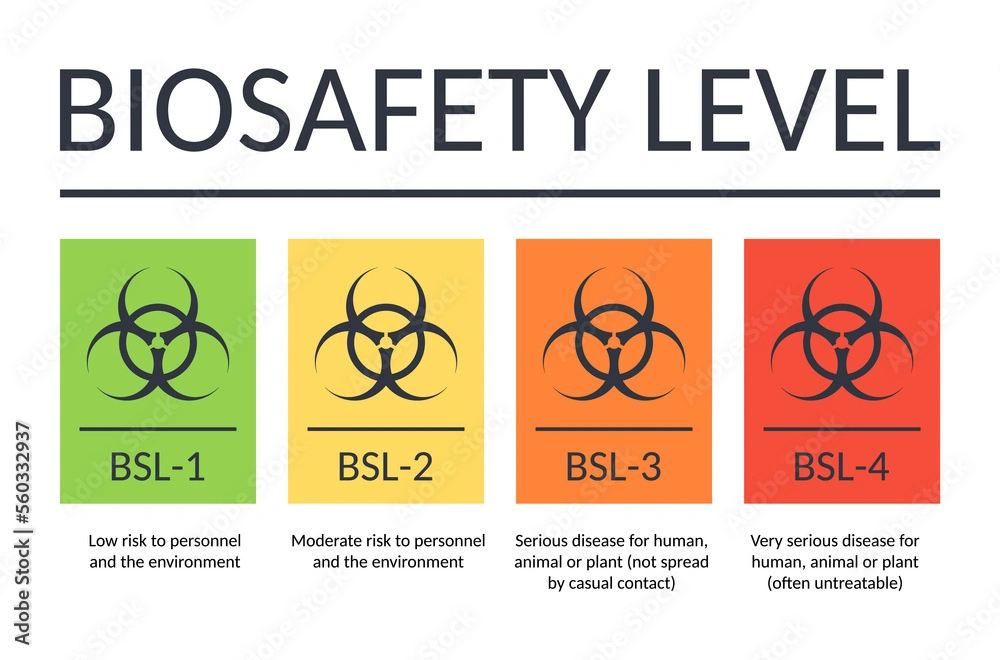How Biosafety Cabinets Ensure Laboratory Safety – Laboratories, hospitals, and healthcare facilities must maintain a controlled, sterile environment to protect researchers, patients, and medical professionals from hazardous biological agents. Biosafety cabinets (BSCs) serve as a critical component in laboratory safety, offering protection against contaminants and ensuring compliance with rigorous health standards.
Lemari asam explores how biosafety cabinets safeguard laboratory environments, their mechanisms, and key considerations when choosing the right cabinet for specific applications.
1. Understanding Biosafety Cabinets
Biosafety cabinets are specialized, enclosed workspaces designed to contain and filter airborne contaminants, reducing the risk of exposure to pathogens, toxins, and infectious agents. They play a crucial role in laboratories handling microbiological samples, cell cultures, and hazardous substances.
These cabinets utilize airflow systems, HEPA (High-Efficiency Particulate Air) filters, and containment technologies to prevent contamination while ensuring user safety. BSCs are widely used in hospitals, research facilities, pharmaceutical laboratories, and diagnostic centers.
2. The Three Classes of Biosafety Cabinets
Biosafety cabinets are categorized into three classes, each offering different levels of protection for the operator, environment, and samples:
Class I Biosafety Cabinets
– Provide personnel and environmental protection but not sample protection
– Operate using unidirectional airflow and HEPA filtration
– Suitable for low-risk biological materials
Class II Biosafety Cabinets
– Protect personnel, environment, and research samples
– Utilize laminar airflow and HEPA filters for enhanced containment
– Commonly used in microbiological and pharmaceutical laboratories
Class III Biosafety Cabinets
– Offer maximum containment for highly infectious and hazardous substances
– Fully enclosed with glove ports and strict air filtration systems
– Used in BSL-3 and BSL-4 laboratories handling dangerous pathogens
Selecting the appropriate class of biosafety cabinet depends on the risk level of biological agents being handled.
3. How Biosafety Cabinets Ensure Safety
Biosafety cabinets employ several mechanisms to minimize contamination and enhance workplace safety:
HEPA Filtration
HEPA filters trap airborne particles, preventing the spread of contaminants. These filters remove up to 99.97% of harmful microorganisms, ensuring a sterile work environment.
Controlled Airflow
Laminar airflow systems maintain a steady, contaminant-free workspace by directing clean air over samples while preventing the escape of hazardous agents.
Physical Containment
BSCs function as enclosed units, reducing exposure to biohazardous substances. The design prevents accidental spills and airborne transmission of infectious materials.
UV Light Sterilization
Many biosafety cabinets are equipped with UV light sterilization systems, which eliminate residual pathogens on surfaces before and after usage.
Alarm and Monitoring Systems
Advanced biosafety cabinets feature integrated alarms and real-time airflow monitoring, ensuring optimal operating conditions and immediate response to potential failures.
4. Best Practices for Using Biosafety Cabinets
To maximize the effectiveness of biosafety cabinets, laboratory professionals should adhere to best practices:
Proper Setup and Maintenance: Regular inspections and filter replacements maintain optimal cabinet function.
Correct Work Practices: Avoid blocking airflow, use aseptic techniques, and minimize disruptions while working inside the cabinet.
Personal Protective Equipment (PPE): Always wear gloves, lab coats, and masks when handling hazardous materials.
Routine Decontamination: Clean surfaces before and after each use using appropriate disinfectants.
Training and Compliance: Ensure staff is trained in biosafety protocols and cabinet operation for safe handling of specimens and equipment.
Following these guidelines helps maintain laboratory safety and prevents potential contamination risks.
5. Choosing the Right Biosafety Cabinet
Selecting a biosafety cabinet depends on laboratory applications, biosafety levels, and risk assessments. Consider the following factors:
Type of Microorganisms: Choose a cabinet based on the hazard classification of the biological agents being handled.
Cabinet Size and Space Availability: Ensure the cabinet fits within designated laboratory workspaces.
Operational Features: Look for UV sterilization, airflow monitoring, and automated alerts for enhanced safety.
Regulatory Compliance: Verify that the biosafety cabinet meets industry standards such as NSF/ANSI 49 and WHO guidelines.
Manufacturer Reputation: Invest in trusted brands that offer reliable performance and robust after-sales support.
Healthcare and research facilities should integrate biosafety cabinets into their safety protocols to comply with international standards and ensure an effective containment strategy.
6. Conclusion
Biosafety cabinets are indispensable in laboratories, hospitals, and research institutions, ensuring safety while handling infectious agents. Their combination of HEPA filtration, controlled airflow, and physical containment significantly reduces contamination risks.
By following best practices roland.co.id and selecting the right cabinet for laboratory needs, professionals can maintain a secure work environment, minimize exposure hazards, and enhance overall research integrity.





